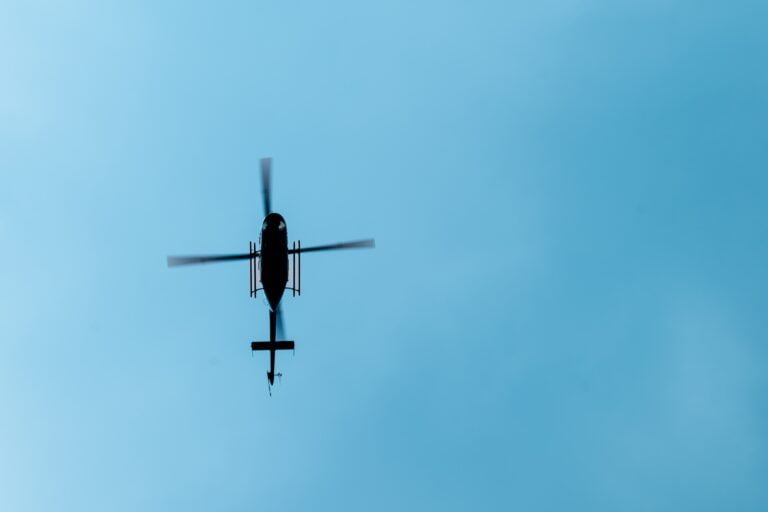Helicopter deliveries may decline this year on supply-chain issues, yet more orders — particularly at Airbus and Leonardo — might portend a better 2025, according to a new report from Bloomberg Intelligence (BI). Increased oil prices could boost demand for higher-margin offshore twin-engine models, with Airbus already seeing gains. Wars in Ukraine and the Middle East may bolster defence demand, especially for European manufacturers, as spending grows.
Twin-engine helicopter demand appears set for an annualised decline through late August of 30%, surpassing total helicopter deliveries (down 22.5%). Medevac, dedicated attack and police helicopters are bearing the brunt.
READ: WestJet Cargo expands pet transport service to the UK
George Ferguson, BI Senior Industry Analyst – Aerospace/Defence, said: “Supply chains might be partly to blame, though the bigger percentages likely reflect market trends. The attack-helicopter drop is surprising but might be short-lived, as fighting in Ukraine and Russia’s greater use of armour may bolster demand. Poland’s commitment to buy 96 Boeing AH-64 Apaches could lead the trend.
“Offshore oil and gas appear set for a sizable gain, we believe, with Airbus taking share. Coast guard needs, along with multi-role military and civil are faring well.”
Backlogs and orders at Airbus and Leonardo have risen, and there is evidence of growing demand and a potential precursor to increased build rates, believes BI. Supply-chain issues are likely slowing builds, helping boost backlogs, though order data from Airbus (233 helicopters in 1H vs 131 in 1H23) and Leonardo (€3.6 billion in value in 1H vs €2.8 billion in 1H23) appear to confirm the improved demand. European helicopter makers could see better trends as military helicopter spending rises after years of underinvestment.
George Ferguson added: “Revenue and margin could rise for Airbus and Leonardo as demand grows for offshore-support helicopters by the oil and gas industry and military models amid the wars in Ukraine and the Middle East. The pandemic brought no sales or profit gains to helicopter manufacturers like it did for business jets, given most of the demand then was for fixed-wing aircraft.
“A major driver of incremental revenue and better margin early in the past decade was offshore oil and gas support helicopters, though demand slowed dramatically as oil prices skidded in 2014. Bell and Sikorsky are in a different situation, given the former has a lot of corporate business and its 525 offshore-support models had flight-test challenges. Sikorsky is almost solely a military helicopter provider.”
READ: IATA: Middle East carriers witness 14.7% air cargo demand growth in July



